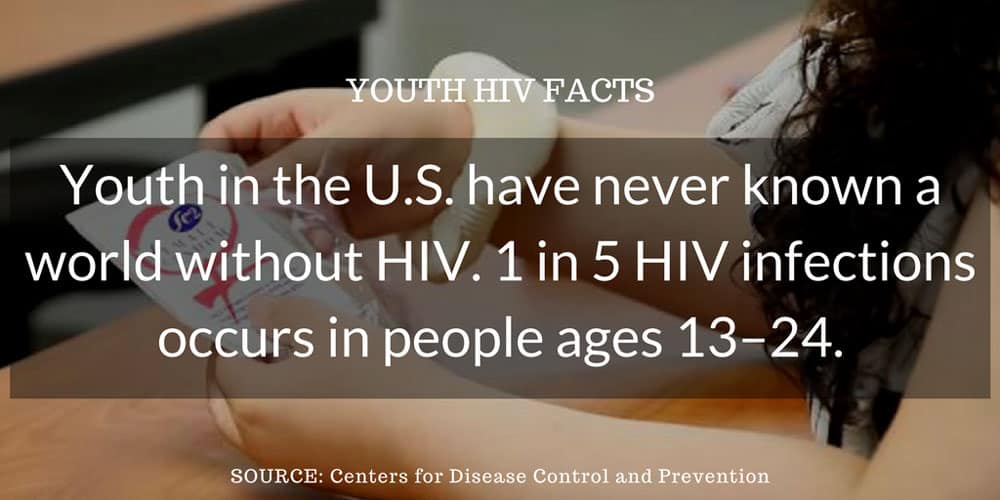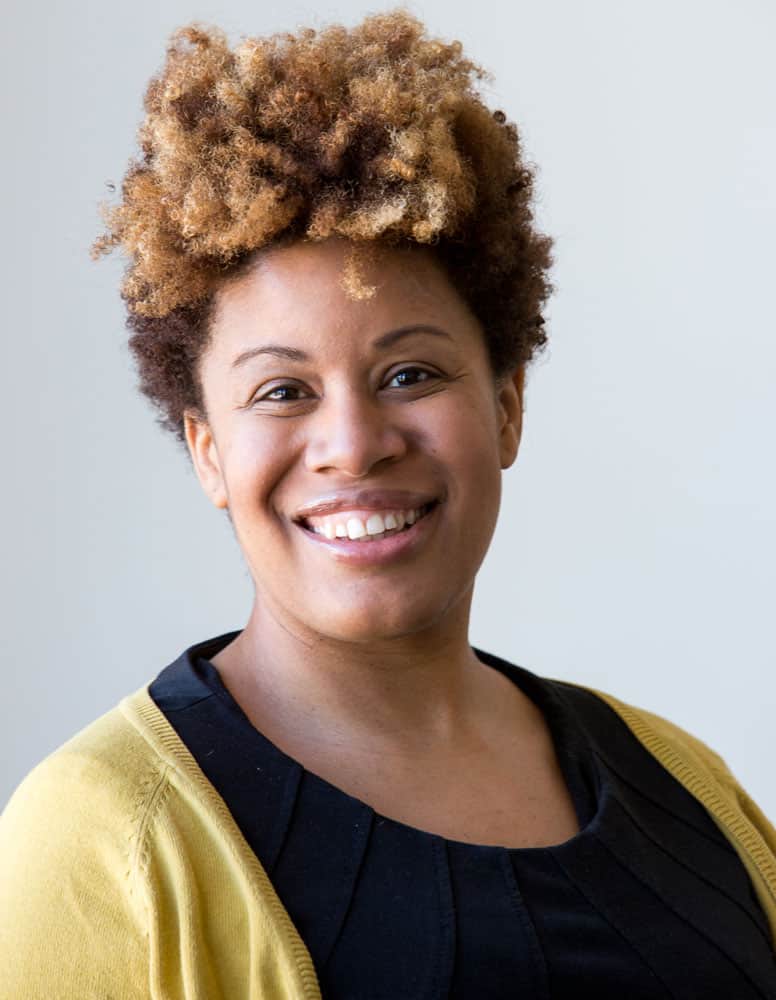This website uses cookies so that we can provide you with the best user experience possible. Cookie information is stored in your browser and performs functions such as recognizing you when you return to our website and helping our team to understand which sections of the website you find most interesting and useful.
Behaviors and habits established during adolescence have ramifications that affect the quality of life and health throughout adulthood. Adolescence is a critical transition period that includes rapid biological developments and increasing independence. Predisposed to greater risk-taking, adolescents are at an increased danger for negative consequences through substance use, unintended pregnancy, and sexually transmitted infections.
In the U.S., youth ages 13 to 24 accounted for 22% of all new HIV diagnoses in 2015, according to the CDC. Youth who live with HIV are the least likely of any age group to be linked to care and have a suppressed viral load, making them at increased risk for AIDS.

Driven by the desire to improve the health of youth in the U.S., Aisha Moore has spent the past 17 years working with state and local programs to achieve this goal. Her interest in public health began at an early age. “In elementary school, I was picked to be in a tobacco-prevention education program and we made cartoons about that,” recalled Moore. “From there, I continued to get opportunities to be a peer educator.” These roles inspired her future work. “When I went to college, I discovered public health and health promotion and that’s when I started working with peer programs and HIV prevention.”
Moore’s hope is that all adolescents will know their HIV status, so that an AIDS-free generation will be possible. She also wants them to have the knowledge and confidence to make wise choices about their sexual health.

As the project director of JSI’s What Works in Youth HIV (WWIYH) project, which aims to ensure that anyone who works with youth can give them information to help prevent HIV transmission, Moore and her team work with the project’s advisory board, which consists of adolescent health experts, people who work in school districts, and individuals who serve the LGBTQ community, to make sure they know what youth really need.
Make sure that youth are at the table from planning to implementation to evaluation.” -Aisha Moore
The team leverages its expertise in HIV prevention, adolescent health, communications, web design, social media, marketing, and health education to present emerging and evidence-based practices and resources to help professionals who serve youth. Recently, the team conducted a needs assessment to determine the biggest challenge to working with adolescents, and found that it was recruiting and engaging youth. “For the next six months we are focusing on recruiting and engaging youth because if you can’t, you have no program,” Moore said. The team has found that youth must be part of planning and advising programs that are meant for them. They know best the kinds of incentives that will attract their peers and where programs need to go to recruit them.

Listen to this podcast to hear from some of the project’s team members: Meet the Team
In 2017, WWIYH started a podcast to share stories from different professionals about what’s working in youth HIV on the ground. “People really like to hear from their peers,” said Moore. “You can read the literature, you can get model programs but there are always modifications that you have to make; nuances that can’t be captured by a manual.”
The WWIYH team also decided to work with the StoryCenter to host a workshop during which seven people who work with youth were taught how to record digital stories. After the three-day training, each produced a digital story that can be found on the WWIYH website. “We are really excited to be able to record their stories with the podcast, and digital storytelling makes them more effective,” Moore said. “They can go back to their communities and help others talk about the work that they are doing.”
Digital Story: Words of Girls
Since its inception, What Works in Youth HIV has shared 300 resources with people serving youth across the United States. By so doing, the project has helped them find prevention strategies, interventions, and tools to meet the needs of the youth they serve.
On International Women’s Day and every day, we celebrate the daily achievements of women like Aisha Moore and her team who are working to improve adolescent health.

